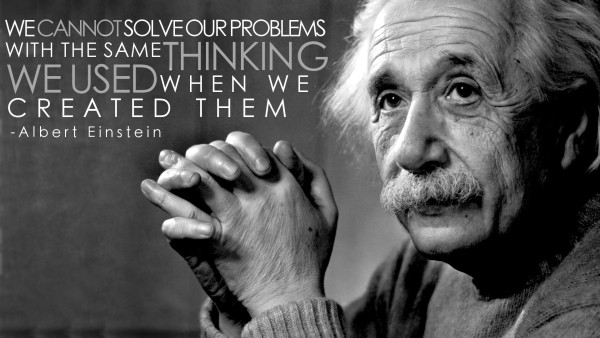
There’s a reason inspiration often strikes in the shower or on your drive to work: “Eureka!” moments happen when your mind is relaxed. Special relativity occurred to Albert Einstein while riding a streetcar home one day. Philo Farnsworth realized how an electrical television could work when he was plowing a potato field. These moments of inspiration rarely happen while sitting upright in an office swivel chair.
By definition, the creative side of our brain doesn’t work linearly or logically. Creativity isn’t formulaic, and it only requires a single ingredient: comfort. Few people can experience “Eureka!” moments while under pressure or when experiencing discomfort. And while business leaders understand that creativity in the office is important to developing new products and business solutions, many of these leaders don’t follow through by designing comfortable workspaces to help foster creativity.
Napping Boosts Productivity
Studies show that one of the best ways to promote creativity in the workplace is to allow workers to take brief naps during the afternoon. One study from Harvard University found that an hour-long nap at work helped computer programmers write better code. The researchers concluded that even 15- to 30-minute naps refocus employees and boost productivity for the rest of the day.
Most old-school managers still view a napping employee as throwing 30 minutes of the workday down the drain. But savvy leaders understand exhausted employees can waste an entire afternoon with underproduction. They view 30-minute naps as an investment that allows the other afternoon hours to be much more productive.
For leaders who still aren’t convinced that naps contribute to greater productivity and profits, here are a few examples of companies that encourage a napping culture:
- Google: The tech giant provides employees with the opportunity to nap in futuristic sleeping pods.
- Zappos: This online retailer keeps its workforce well-rested by keeping couches and huge foam bag chairs, called Comfy Sacks, around the office for power napping and general relaxation.
- Jawa: This mobile tech company added two rooms to its office specifically for napping.
Relaxing Workspaces Create Relaxed Employees
Napping isn’t the only way to foster creativity. Employees should feel comfortable in the office throughout the day. Here are a few ways to help spark creativity in the office:
- Natural lighting and plants: Employees do their best work in natural environments. Fake, dim lighting can destroy productivity and creativity.
- Whiteboards: Some companies go as far as painting their walls with special whiteboard paint so workers can draw up ideas, no matter where they are in the office. This may be extreme, but plenty of whiteboards should be available for workers to sketch out ideas in groups.
- Comfortable furniture: Creativity diminishes when employees don’t feel physically comfortable. Hard pieces of furniture are not conducive to inspiration.
- Color: Add a splash of color to an otherwise whitewashed office to help spark creative thoughts.
Most companies cannot afford to provide every employee the amenities that companies like Google offer, but encouraging afternoon naps to recharge is a perk all leaders can offer that ultimately leads to increased productivity. More companies are finally beginning to see the benefits of a comfortable workplace and understand that if they don’t provide a workplace that meets the needs of their employees, workers will flock to companies that do meet those needs. Hopefully, your company can capitalize on comfort to see more frequent “Eureka!” moments and increased productivity.
Because this article was published, a donation will be made to Reading Is Fundamental so a book can be given to a child.
Tyler Shearburn is the CEO and Founder of Comfy Sacks, an online retailer of oversized beanbags. In order to really know his products, Tyler owns every size Comfy Sack his company sells. On the side, Tyler consults with e-commerce platforms on their structure and strategy.




